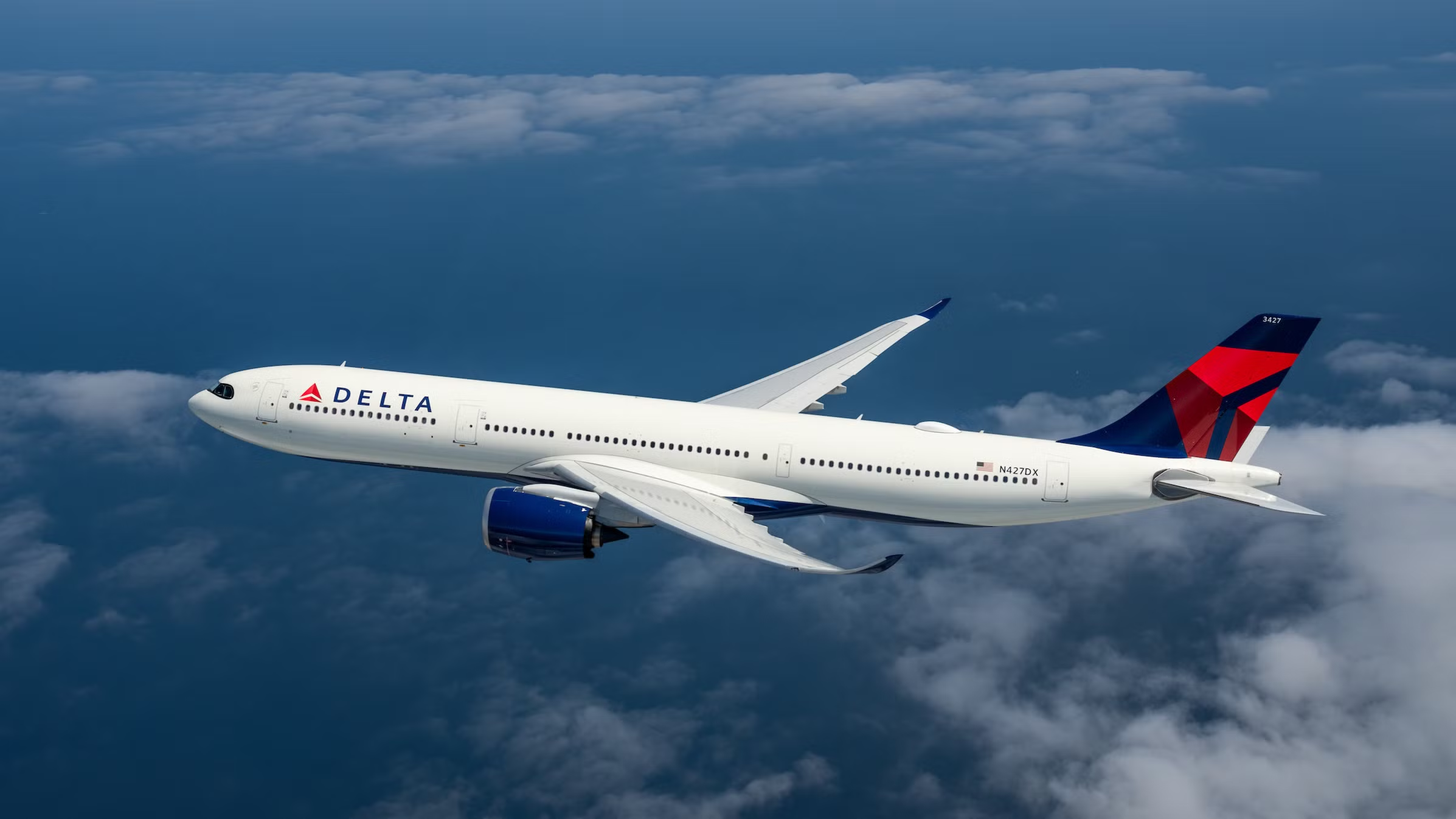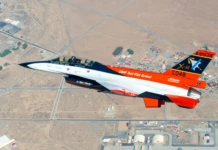Atlanta carrier’s strategic emphasis on affluent travelers drives record profits and $2 billion quarterly revenue from credit card partnership, as analysts identify widening gap between airline business models.
Delta Air Lines has emerged as the commercial aviation sector’s financial leader through a strategic shift toward premium travelers, outperforming industry expectations and widening the gap between itself and most competitors.
The Atlanta-based carrier generated more than $1.4 billion in profit during the September quarter alone, driven largely by its emphasis on high-margin premium cabins, co-branded credit card partnerships and enhanced loyalty programs. The airline’s partnership with American Express produced around $2 billion in cash flows last quarter, according to company financial disclosures.
Delta expects premium revenues to surpass main cabin income by 2027, marking a fundamental shift from the traditional airline business model where premium seats once functioned as loss-leaders. The carrier has invested heavily in differentiated cabin products, lounge infrastructure, technology systems and operational reliability over the past decade.
“Airlines in the United States seem to be separating into two groups. Delta Air Lines and United Airlines make lots of money. And then there’s everybody else,” New York Times travel industry analyst Niraj Chokshi wrote following United’s third-quarter earnings release on Oct. 16, 2025.
The analysis highlighted years of investment in premium amenities, international networks and fortress hub positions as key factors distinguishing Delta and United from competitors. However, Delta maintains several structural advantages over United, including higher cabin upselling rates, more extensive lounge networks with stronger brand recognition and a partnership with American Express that creates deeper market penetration among corporate travelers.
Delta controls capacity at multiple strategic hubs including Hartsfield-Jackson Atlanta International Airport, Detroit Metropolitan Wayne County Airport, Minneapolis-St. Paul International Airport, Salt Lake City International Airport and Boston Logan International Airport. The carrier also maintains significant operations at John F. Kennedy International Airport, Seattle-Tacoma International Airport and Los Angeles International Airport.
The airline’s operational performance provides additional competitive advantages. Delta’s hubs in Atlanta, Minneapolis, Detroit and Salt Lake City demonstrate greater efficiency and fewer delays compared to United’s primary facilities in Newark, Chicago and San Francisco, according to industry operational data.
Delta’s focus on affluent younger travelers has proven particularly effective. The carrier has built what analysts describe as a “full-stack premium funnel” through differentiated long-haul cabins, upgraded ground experiences and SkyMiles program benefits tied to both travel and everyday spending. This approach deepens the loyalty program’s reach among wealthy households and small-business owners.
The strategy has helped insulate Delta’s earnings from economic cycles. Premium travelers and corporate customers continued flying Delta during difficult economic periods, enabling the airline to maintain strong load factors and fare levels across its network.
Delta’s international expansion through joint ventures adds higher-yield long-haul services to its revenue mix, while fleet modernization with younger, more fuel-efficient aircraft is reducing overall unit costs. The carrier faces potential risks from macroeconomic softness among wealthy consumers and faster-than-expected increases in aircraft supply.
United Airlines CEO Scott Kirby has argued that Delta’s market dominance may be ending, though financial metrics do not currently support this position. United’s weaker revenue performance triggered a nearly 10% share price decline last week, suggesting Delta’s grip on the premium travel segment remains strong.
American Airlines lags in profitability compared to Delta and United, while low-cost carriers face eroding cost advantages as they attempt to compete for premium customers without the network infrastructure to serve them effectively.
Delta’s shares have delivered exceptional returns to investors, with the company maintaining industry-leading revenue, market capitalization and operating profits. The carrier continues to generate strong free cash flow, which it uses to reduce debt and fund reinvestment programs.

Key Takeaways
Delta generated more than $1.4 billion in September quarter profits through premium-focused strategy, with American Express partnership producing around $2 billion in quarterly cash flows.
Premium revenues expected to surpass main cabin income by 2027, reversing traditional airline business model.
Delta maintains structural advantages over United including superior hub efficiency, higher cabin upselling rates and exclusive American Express partnership.
Industry analysts identify two-tier market split, with Delta and United outperforming competitors through premium investments.
Affluent traveler focus insulates Delta earnings from economic cycles while low-cost carriers struggle to match premium offerings.









